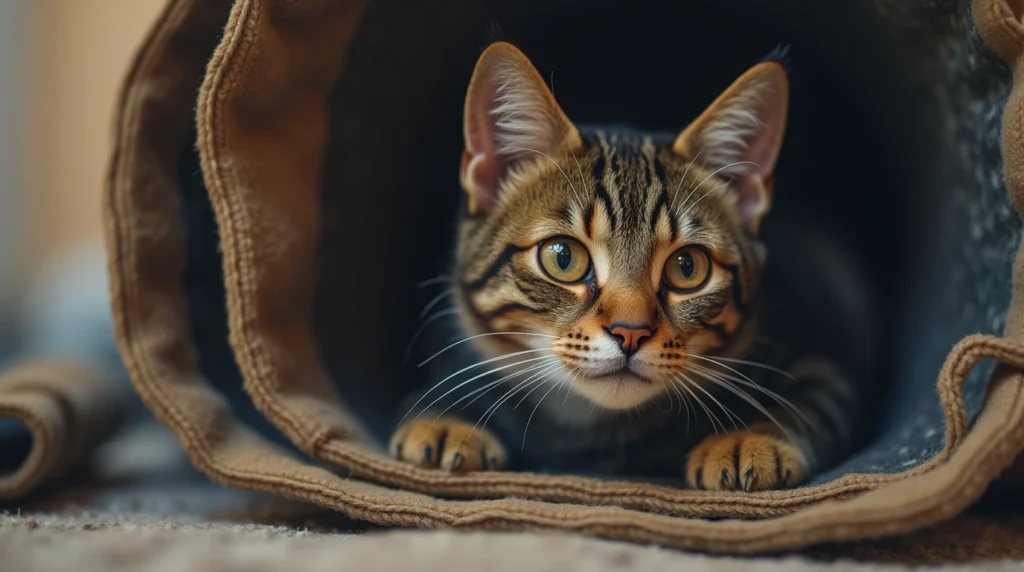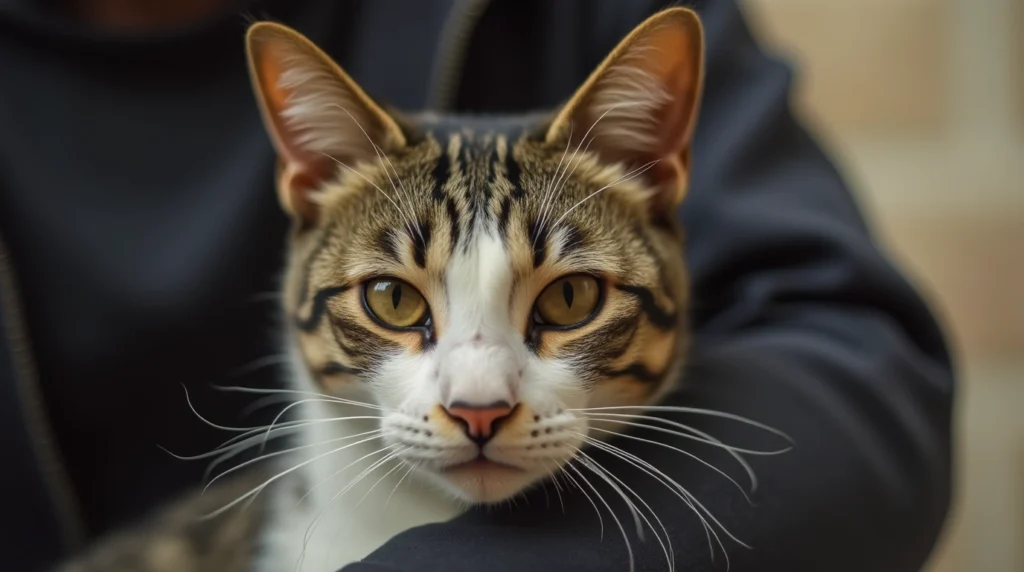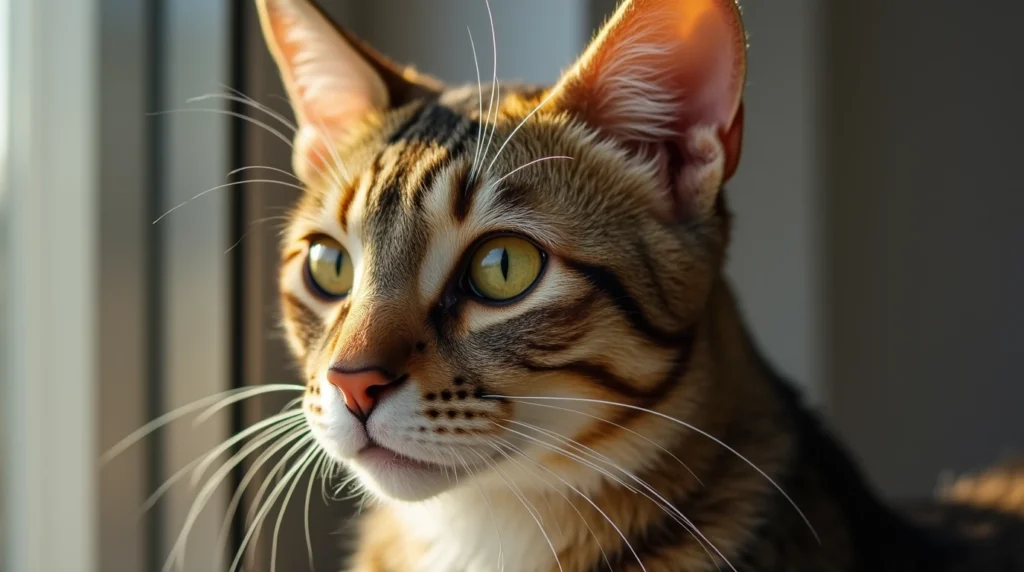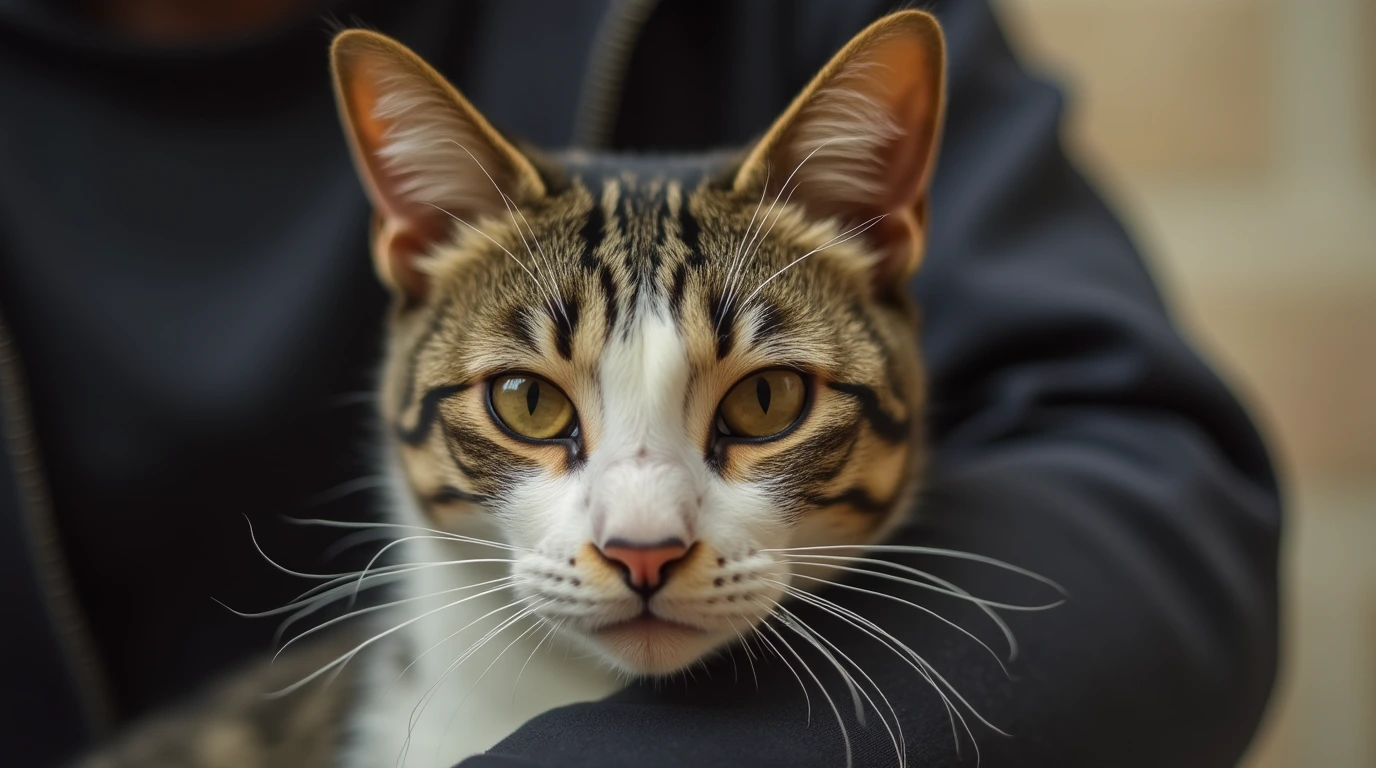Why “Cat Protect” Should Matter to Every Pet Owner
You probably already know how curious your feline companion can be. From silently stalking a fly across the kitchen to slipping through half-open doors, cats are naturally adventurous. But with that independence comes risk. Whether indoors or outdoors, your cat faces hidden dangers every day. Understanding how to help your cat protect itself is essential for their long-term health and your peace of mind.
Imagine this: you leave for work, and your cat leaps onto the windowsill. An unlocked screen gives way, and the next thing you know, your furry friend is lost or hurt. It’s a scenario that could happen to anyone. Fortunately, there are preventative measures you can take. This guide offers practical, actionable tips to help your cat navigate its environment safely, whether lounging inside or exploring outside.

Table of Contents
Let’s dive into the top 10 ways you can boost your cat’s natural ability to protect itself.
Understanding the Importance of Cat Protect Behaviors
Why Cats Need to Feel Safe in Their Environment
Your cat’s well-being depends heavily on how secure it feels in its surroundings. Cats are territorial animals by nature. They like routine, familiar spaces, and places where they feel in control. When that sense of security is disrupted, it can trigger anxiety, stress-induced illnesses, and behavioral issues.
Providing a safe environment isn’t about wrapping your cat in bubble wrap; it’s about enhancing the areas where they feel most at home and reducing exposure to threats.
Common Threats to Your Cat’s Safety
Indoors:
- Toxic plants (like lilies and poinsettias)
- Electrical cords
- Open windows or high balconies
- Small objects that can be swallowed
Outdoors:
- Fast-moving cars
- Predators such as coyotes or hawks
- Poisonous plants or antifreeze spills
- Unvaccinated stray animals
Understanding these threats is the first step to effective prevention.
Top 10 Tips to Help Your Cat Protect Itself Indoors and Out
1. Create Safe Zones Inside Your Home
Think of these zones as your cat’s personal refuge. These could be cozy cat trees, soft beds tucked away in quiet corners, or even dedicated window perches. Your cat will use these spaces to unwind, observe, and escape from overstimulation.
Ideas for indoor safe zones:
- Multi-level cat trees
- Window hammocks
- Cardboard boxes or enclosed cat caves
- Shelves placed high on walls for vertical space
These setups not only provide a physical refuge but also help your cat feel mentally secure.
2. Cat-Proof Your Home

It’s not just toddlers who need a safe home setup—cats do too. You’ll want to survey your home with fresh eyes, identifying anything that could be dangerous.
Checklist for cat-proofing:
- Cover electrical cords with protective sleeves
- Secure blind cords out of reach
- Remove breakables from shelves
- Keep medications and cleaning supplies locked away
- Use baby latches on cabinets
This way, you give your cat a safe playground, not a hazard zone.
3. Provide Enrichment to Prevent Risky Behavior
Cats often get into trouble when they’re bored. Scratching furniture, chewing cords, and scaling curtains are usually symptoms of under-stimulation.
Ways to enrich your cat’s daily life:
- Rotate interactive toys weekly
- Introduce puzzle feeders to stimulate hunting instincts
- Use feather wands for engaging play sessions
- Hide treats around the house for foraging fun
Keeping your cat mentally and physically engaged discourages them from seeking entertainment in risky places.
4. Use Secure Screens and Window Locks
Cats love windows. The world outside is full of birds, squirrels, and fascinating movement. But open or loosely screened windows can spell disaster.
Installation tips:
- Use pet-grade window screens
- Secure screen frames tightly with hardware
- Lock windows or use adjustable window stoppers
This prevents accidents like falls or escapes, especially in multi-story homes.
5. Keep Your Cat’s ID Up to Date
Even if your cat is primarily indoors, accidents happen. One open door and they could be out in seconds. An ID tag or microchip could be the key to bringing them back home.
Best practices for ID:
- Use a breakaway collar with an updated tag
- Register a microchip with your contact information
- Update details immediately after a move
According to the American Veterinary Medical Association, microchipped cats are more than 20 times more likely to be reunited with their families.
6. Train Your Cat to Come When Called
You might not think of cats as trainable, but they are. Teaching your cat to respond to its name can be a lifesaver.
Simple training steps:
- Use treats or high-value food
- Say their name followed by a short command like “come”
- Reward immediately when they respond
- Be consistent and repeat daily
This training builds trust and gives you an emergency recall option.
7. Supervise Outdoor Time or Use a Cat Leash
If your cat is curious about the outdoors, don’t just let them roam. Supervised outings with a cat harness and leash are safer.
Benefits of leash training:
- Allows exploration without the danger
- Encourages bonding between you and your cat
- Reduces chances of getting lost or injured
Start slowly indoors, then graduate to quiet outdoor areas. Patience is key.
8. Install a Catio or Outdoor Enclosure
A catio (cat + patio) is a fantastic compromise for letting your cat enjoy the outdoors without the risks.
Catio features to consider:
- Sturdy mesh or wire construction
- Multiple levels and lounging platforms
- Easy access to indoors through a window or door
- Weatherproof materials for year-round use
There are DIY kits or custom builders available online, like Catio Spaces or Habitat Haven.
9. Keep Vaccinations and Vet Visits Up to Date
Preventative care is a cornerstone of protection. A healthy cat is better equipped to defend itself against threats.
Recommended medical routines:
- Annual wellness checks
- Vaccines for rabies, feline leukemia, and FVRCP
- Regular flea, tick, and deworming treatments
- Dental exams
Talk to your vet about lifestyle-appropriate vaccines if your cat spends time outdoors.
10. Monitor Your Cat’s Body Language
Cats communicate in subtle ways. Understanding what their posture, tail movements, and vocalizations mean helps you intervene before something goes wrong.
Key signs to watch for:
- Flattened ears: fear or aggression
- Tail twitching: irritation or excitement
- Dilated pupils: heightened alertness or fear
- Hiding more than usual: stress or illness
When you respond to these cues, you reinforce a sense of safety.
Pros and Cons of Encouraging Cat Protect Behavior

| Pros | Cons |
|---|---|
| Boosts cat confidence and independence | May require training or adaptation time |
| Prevents accidents and health emergencies | Costs may be associated with some safety tools |
| Reduces your anxiety about your cat’s safety | Can limit freedom if not balanced carefully |
Frequently Asked Questions About Cat Protect
How can I help my cat protect itself when I’m not home?
Make sure your home environment is hazard-free. Use surveillance like pet cameras, provide safe toys, and restrict access to dangerous areas.
Should I let my indoor cat go outside?
Only under supervision or in a secured enclosure. Outdoor environments pose risks like traffic, toxins, and other animals. Implement “cat protect” measures before introducing the outdoors.
What’s the best way to train a cat to be more self-protective?
Encourage confidence through play, training, and exploration in safe areas. Reinforce good behavior with treats and consistent routines.
How does microchipping help protect my cat?
If your cat gets lost, shelters and vets can scan the chip and reunite you. Always keep your contact info current.
Empower Your Cat to Stay Safe in Any Environment/Cat Protect
Your cat counts on you for more than just food and affection. Creating a safe, enriched environment where they can protect themselves indoors and out is one of the best gifts you can offer.
Each tip shared in this guide is a step toward building that safety net—a net woven with knowledge, love, and proactive care. By understanding threats, providing enrichment, and investing in tools like catios or microchips, you create a life for your cat that’s both adventurous and safe.
Ready to take your feline care to the next level? Explore more guides, expert reviews, and cat-parenting tips at www.meowrealm.com. And don’t forget to share this article with fellow cat lovers—because every cat deserves a safe, happy life.

